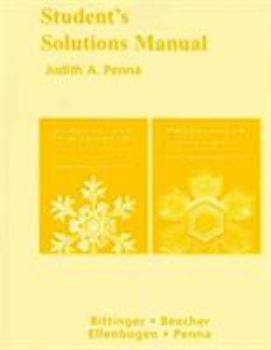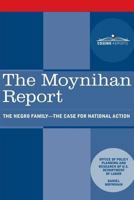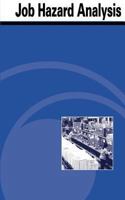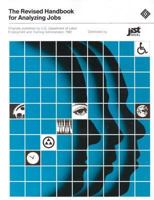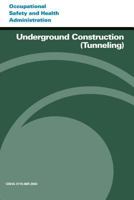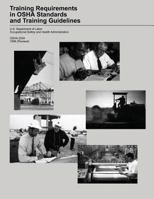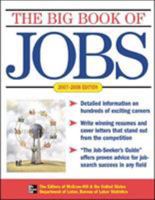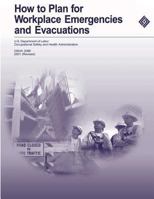Student's Solutions Manual for Algebra and Trigonometry/ Precalculus: Graphs and Models
Select Format
Select Condition 
Book Overview
- By Judith A. Penna - Contains completely worked-out solutions with step-by-step annotations for all the odd-numbered exercises in the exercise sets, with the exception of the Collaborative Discussion and Writing exercises, and for all the odd-numbered review exercises and all chapter test exercises This description may be from another edition of this product.
Format:Hardcover
Language:English
ISBN:0198502540
ISBN13:9780198502548
Release Date:May 1999
Publisher:Oxford University Press, USA
Length:288 Pages
Weight:1.35 lbs.
Dimensions:1.0" x 6.0" x 9.2"
More by U.S. Department of Labor
Customer Reviews
2 customer ratings | 2 reviews
There are currently no reviews. Be the first to review this work.










